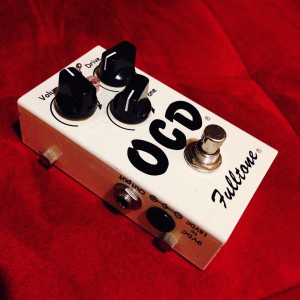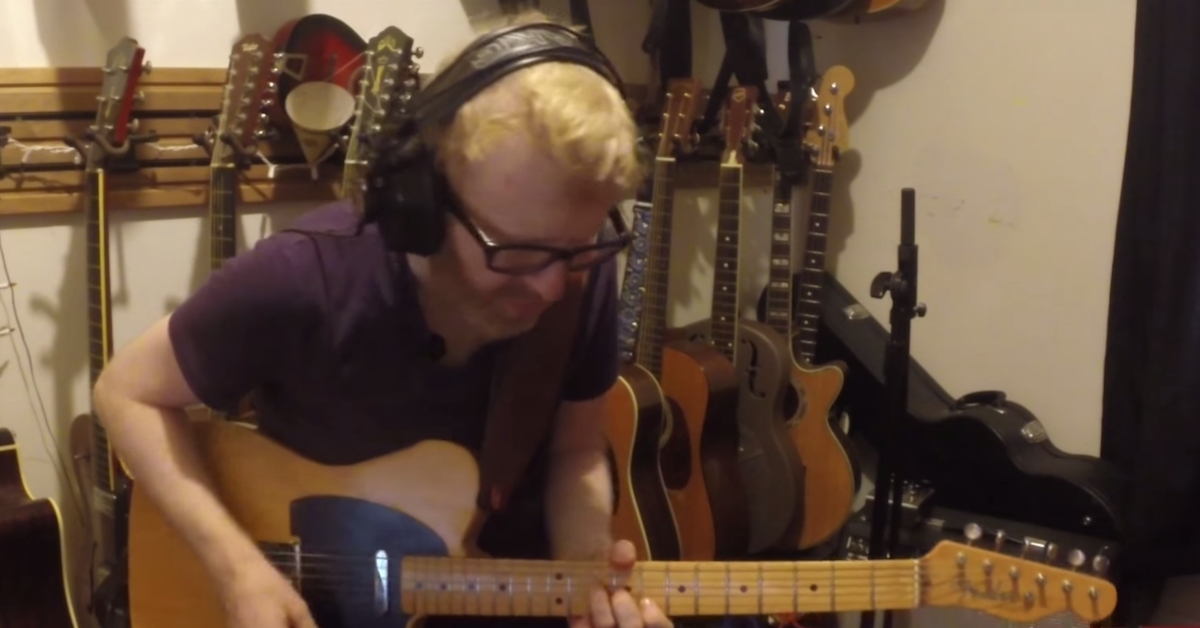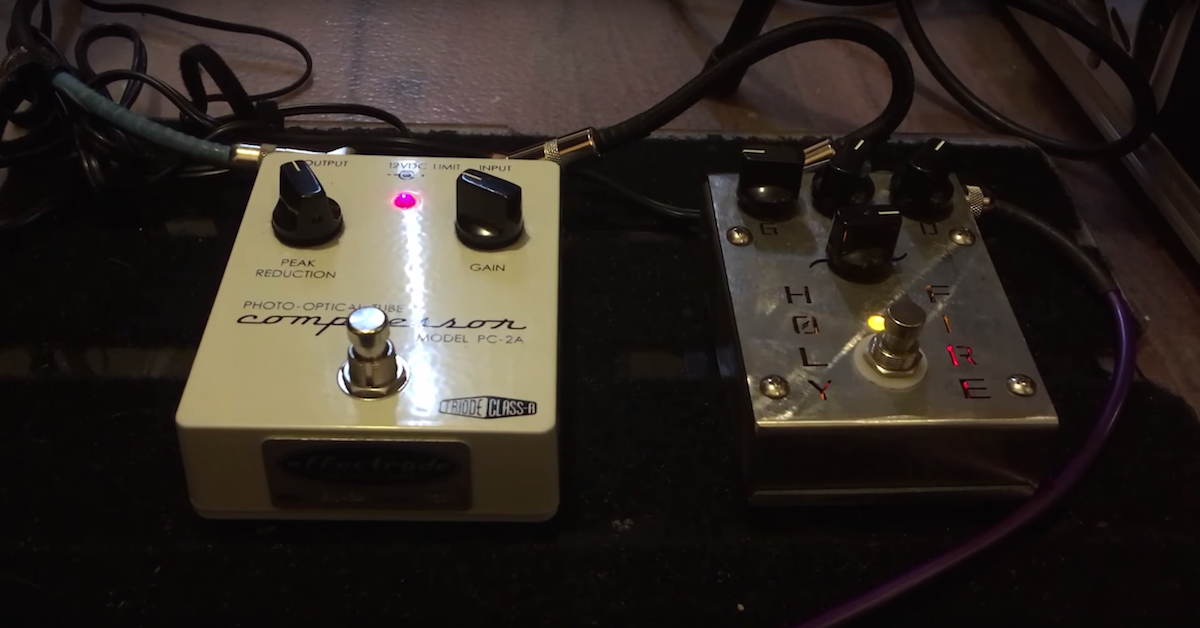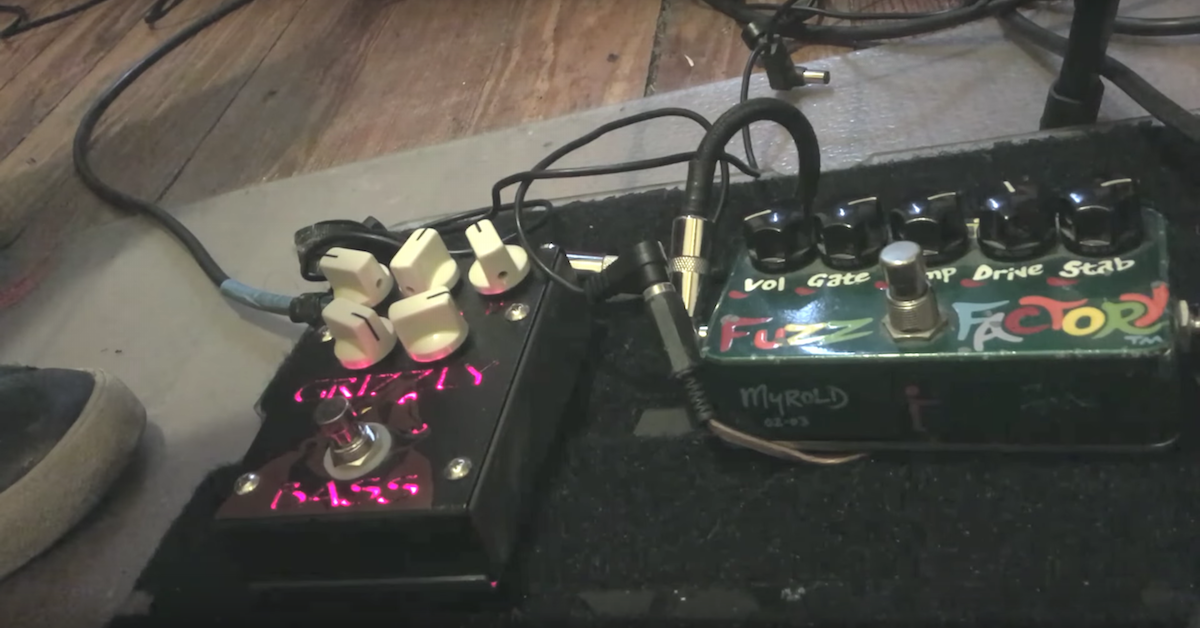Review: Fulltone OCD Overdrive Pedal
Article Content
Road Dawg
I don’t like to write a review about a piece of gear before I use it for a period of time. I feel like it takes time to get to know a new tool. Just like a person, first impressions are important, but they aren’t a perfect indicator of the behavior to come. I’ve been using this pedal on tour and in sessions, so it’s encountered a lot of different situations.
Nuts and Bolts
The build quality is very high on Fulltone products. This is not the first pedal I’ve owned from Fulltone and it probably won’t be the last. Their pedals always do what they say and they can take a beating.
The pedal is supposed to act like an overdriven amp. This is not a new concept since most pedal companies claim the same thing. But I find that even at lower settings, the OCD feels more like an amp than most pedals I’ve owned.
It does compress more than a real amp, though. It also attenuates the low end more than a real overdriven amp. There’s also a very small hint of that midrange bump, like an Ibanez TS9 Tube Screamer. It’s slight though. I’m not saying it’s good or bad, simply that it’s there.
The Sequel
I’m using the OCD revision 4 and I’ve noticed some differences among models. When I first heard the OCD, it was version 1. Revision 2 doesn’t sound too different, but revision 3 sounded the worst to me—kinda fizzy and small. Revision 4 is a little more compressed than version 1 to my ears, but it’s an okay medium.
In general, I never turn up the gain past 9 o’clock on the OCD. Unless it’s version 1 or 4 running at 18 volts (more on that later). I like subtle overdrive similar to power-amp saturation. On version 4, anything above 9 o’clock starts to feel like a master volume amp, which is great if that’s your bag. (It’s not my bag.)
The Bump
I’ve also used the OCD as a boost. This means almost no gain, just volume, and it does this duty well. It’s a colored boost though, unlike using a Fat Boost or RC Booster.
Utility Tool
Sometimes I don’t know what I’m going to get in the backline. I always have a few pedals as a band-aid in the event I get something too clean or unflattering. The Fulltone OCD has been a great Swiss army knife.
I would say the only one I had a hard time with was a MESA/Boogie amp. In general, I’m not a big fan of their amps. When trying to use the OCD, I wasn’t able to tame the harshness. But, this wasn’t a failure of the pedal.
Power Station
I mentioned earlier that the OCD can be a little compressed. One cool trick about the OCD is that you can run the pedal at different voltages: 12 volts, 9 volts, and 18 volts.
It won’t hurt the pedal. Fulltone designed the pedal to run at 18 volts. You may be wondering, why is that important? Well, many feel that running the OCD at higher voltages allows more headroom. This means less compression!!
Essentially, you have 3 more variables for controlling the overall sound of the pedal. I think that’s fabulous. It’s a subtle, but powerful option. And personally, I really like the rawness of the pedal. When I need more gain and less compression, I run the pedal at higher voltages. If I want a squishy sound, I run it at 9 volts.
Battery Tunnel
I like the design of the pedal for battery replacement. There are 4 thumb screws on the side that don’t require any tools. I mostly run my pedals off a Voodoo Labs Pedal Power supply.
Sometimes, I need a battery when the pedal leaves the board to fly solo. We’ve all gotten to a gig to have a battery die in soundcheck. Within a few seconds, I can open up the pedal and swap the battery. I wish all pedals were like this.
Show Me The Money
The price point is really nice on the OCD. I’ve always thought Fulltone was pretty fair with their pricing. In reality, they could be charging more because other companies do. I appreciate that they want players to be able to afford high-quality pedals.
Some audio examples of the OCD pedal below.
Example 1:
Fender American Stratocaster into a Headstrong Lil’ King Reverb. All the overdrive is coming from the OCD. Played with fingers on the neck (stock) pickup.
Example 2:
Gibson Les Paul with Voodoo Humbuckers into a Headstrong Lil’ King Reverb. All gain coming from the OCD. Played with a pick on the bridge pickup.
I used a Shure SM57 and an Mbox Mini. The gain was set to 9 o’clock on both examples.
You can check out Fulltone at fulltone.com.






